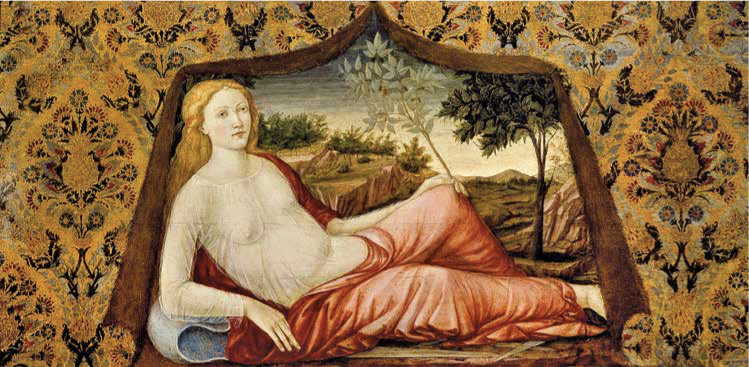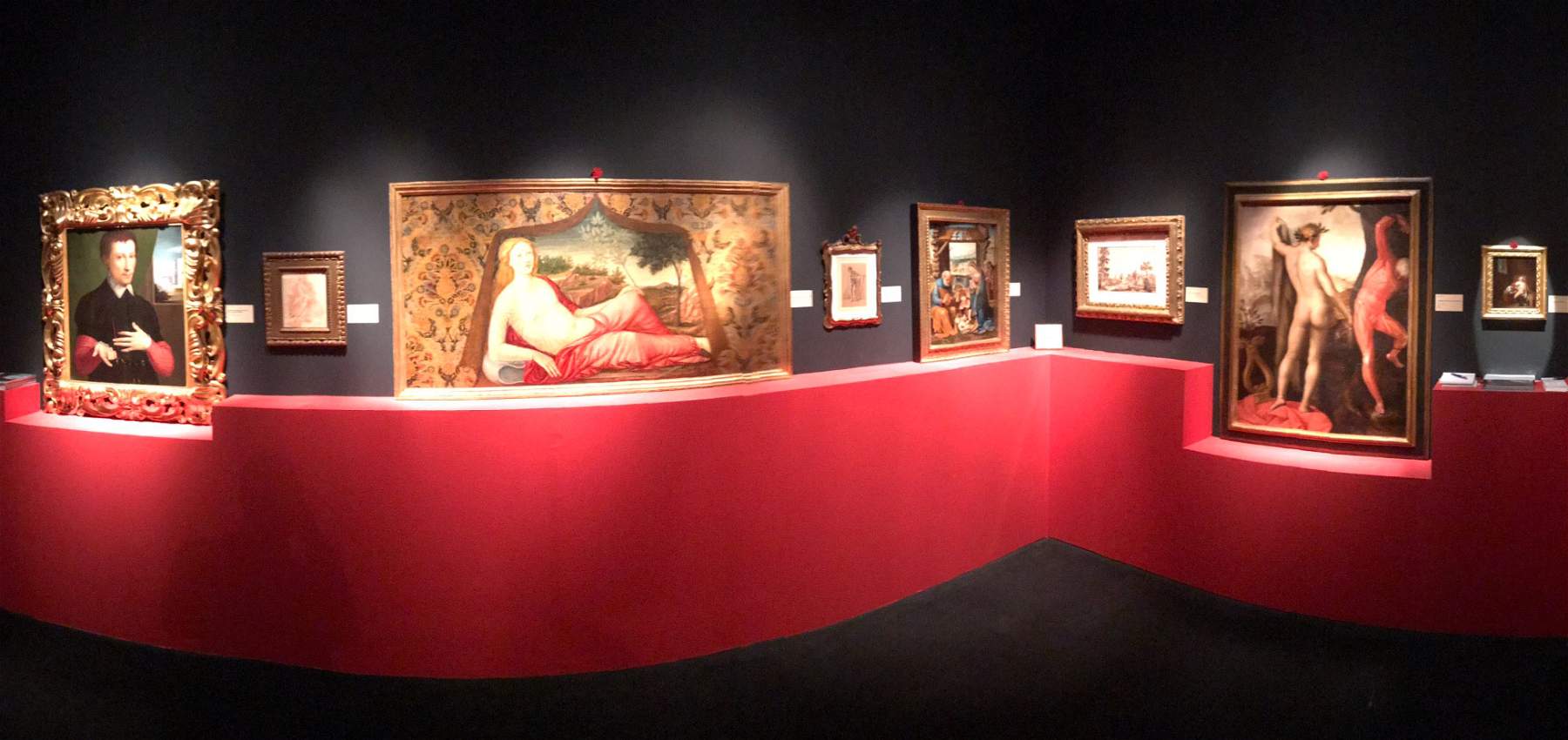Finestre sull’Arte dedicates, for the XXXI edition of the Florence Biennale Internazionale dell’Antiquariato, three focuses to as many galleries. We begin with Enrico Frascione, a Neapolitan (but Florentine by adoption) gallerist born in 1940, who with his family gallery has been present at the BIAF since the first edition in 1959. An antiquarian for three generations, he is now one of the most important players in the international market.
This 2019 edition of the Biennale, Enrico Frascione lets us know, went very well “We had a really exceptional increase in the number of visitors,” he confides. “Just think that the Florence airport was full of private planes that arrived from all over Europe. And then, the gala dinner on the first night, held here at Palazzo Corsini, with 750 people seated selected, was a highly anticipated event with requests from all over the world for a table. A wonderful event, I would say.”
When the Biennale Internazionale dell’Antiquariato was founded in 1959, Frascione Gallery was among the founders, and since then it has never missed an appointment with the great Florentine exhibition-market. “I accompanied my father Vittorio to the first Biennale,” Enrico Frascione recalls, “and I was by his side until 1974. ”Since that date, Enrico has opened his own gallery, but he has never lacked interest in the Biennale, partly because in his opinion this event has something more than the others that take place all over the world. “The Biennale,” he explains, “differs from the others precisely because it is a biennial. There is no other exhibition in the world that takes place biennially. So the event is real, in the sense that everyone really waits two years to see the objects that are displayed, many of which are unseen. In fact, the fact that this event is held every two years sets a pace that allows it to be much more surprising than many other fairs. Think, for example, of TEFAF in Maastricht, a beautiful exhibition, which, however, having an annual cadence, fails to have this characteristic.”
For this year’s edition, Enrico Frascione has created a sort of homage to Florence, with a selection of paintings by Florentine artists, mainly from the Renaissance to the 18th century, but it also ranges beyond that. The gallerist shows us two “harlequinades” by Giovanni Domenico Ferretti (Florence, 1692 - 1768), executed in the mid-18th century, but the main focus, however, is on the 15th and 16th centuries. He shows us, for example, a Portrait of a Young Man by Maso da San Friano (Tommaso Manzuoli; Florence, 1531 - 1571), dated 1560 on the window sill. It is characterized by its angular figures that are influenced by the lesson of Carlo Portelli, Maso da San Friano’s master and a leading figure in Florentine Mannerism, but also by certain elements (the buildings of invention on the landscape, the elongated face) that are typical features of his style. “The particularity of this work,” the gallerist illustrates, “is that it is a portrait of a young Florentine man, from an upper-class family, giving himself to his bride: it is a portrait made for his future wife. One hand is resting on his heart, the other is pointing as if to say ’it’s for you,’ a gesture we also find in other similar paintings.”
Another interesting work is an Allegory of Peace by Agnolo di Domenico del Mazziere (Florence, 1466 - 1513), dating from around 1490. An important painting, it was first published in 1938 by Adolfo Venturi, who attributed it to Sandro Botticelli (and this already gives an idea of the quality of the work, which was later more convincingly assigned to Agnolo di Domenico del Mazziere by Edith Gabrielli and Roberta Bartoli) and correctly identified its subject, precisely an allegory of peace. The painting was also studied by Cristina Acidini, who pointed out that the serene gaze of the female figure further refers to the theme of peace. A figure that in turn recalls the goddess of love in Botticelli’s Venus and Mars preserved at the National Gallery in London. “This work,” Enrico Frascione points out, “is also an allegory of beauty overcoming strength, with unequivocal iconography, because we have a beautiful female figure sitting on top of a helmet and some sword blades. The reference to peace is then completed by the olive branch that the young woman holds between the fingers of her left hand.”
Speaking of this painting, Enrico Frascione lets us know that it is a notified work: by law, therefore, it cannot leave Italian borders. “Italian laws,” he concludes after we ask him to comment on this issue, “are useful, it is right that they are there, they serve to preserve many things: if they were not there, for our heritage it would be a real bloodletting. But I also think that in some cases they are exaggerated: I think we need to reform the concept of ’cultural heritage.’ Not only that: this is certainly an important piece, and I understand that here, at the museum in Palazzo Davanzati, they have similar ones and I think they would like it. For this, I think the state should buy, rather than notify.”
Below: photos of the works and a photo of the booth at the XXXI edition of BIAF.
 |
| Maso da San Friano, Portrait of a Young Man (1560; oil on panel, 75.5 x 62 cm) |
 |
| Agnolo di Domenico del Mazziere, Allegory of Peace (c. 1490; tempera on panel, 82 x 168.5 cm) |
 |
| BIAF focus 1/3. Enrico Frascione: "the state should buy instead of notify." |
Warning: the translation into English of the original Italian article was created using automatic tools. We undertake to review all articles, but we do not guarantee the total absence of inaccuracies in the translation due to the program. You can find the original by clicking on the ITA button. If you find any mistake,please contact us.